Italian Puff Bread: 5 Simple Steps to Bake It Like a Pro
Italian puff bread, celebrated for its light, airy texture, and crisp exterior, is a delightful treat that embodies the simplicity and richness of Italian cuisine. This bread offers endless versatility, whether enjoyed as a savory appetizer paired with cured meats or as a sweet indulgence with honey and powdered sugar. Its origins, variations, and preparation methods highlight the art of Italian cooking, making it a must-try for food enthusiasts worldwide.
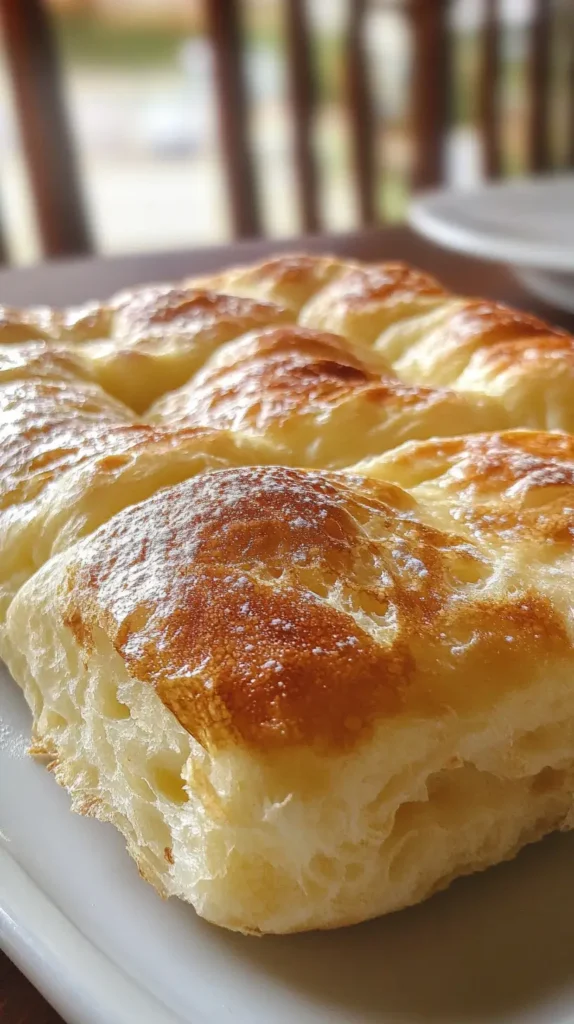
Table of Contents
Ingredients for Perfect Italian Puff Bread
Creating authentic Italian puff bread starts with the right ingredients, many of which are staples in Italian kitchens:
- Flour: 3 cups (360g) of high-quality all-purpose or 00 flour to achieve the desired lightness.
- Yeast: 2 ¼ teaspoons (7g) of active dry yeast or 1 packet, provides the necessary lift to create the airy structure.
- Olive Oil: ¼ cup (60ml) of extra virgin olive oil, adds richness and depth of flavor.
- Salt: 1 teaspoon (6g) of fine sea salt, enhances the taste while strengthening the dough’s structure.
- Warm Water: 1 cup (240ml) of warm water (around 110°F or 45°C), to activate the yeast and bring the dough together.
For this recipe, these stainless steel mixing bowls are a great choice. The set includes airtight lids, non-slip bottoms, and grater attachments, making baking and prepping easier. Find it here on Amazon.
Step-by-Step Guide to Making Italian Puff Bread
The process of making Italian puff bread may seem daunting, but it’s easier than you think. Here’s a step-by-step guide:
Preparing the Dough
- In a large mixing bowl, combine 3 cups (360g) of flour, 2 ¼ teaspoons (7g) of yeast, and 1 teaspoon (6g) of salt.
- Gradually add ¼ cup (60ml) of olive oil and 1 cup (240ml) of warm water, mixing until the dough begins to come together.
- Knead the dough on a lightly floured surface until it’s smooth and elastic, about 8-10 minutes.
- Place the dough in a lightly oiled bowl, cover it with a damp cloth, and let it rise for 1-2 hours until doubled in size.
Cooking Techniques
- Frying:
- Roll the dough out on a floured surface and cut it into small squares or rectangles.
- Heat oil in a deep pan to 350°F (175°C), and fry the pieces until golden brown, about 2-3 minutes per side. Drain on paper towels.
- Baking:
- For a healthier option, place the dough pieces on a baking sheet lined with parchment paper.
- Bake at 400°F (200°C) for 12-15 minutes, or until puffed and lightly browned.
By mastering these techniques, you can customize your puff bread to suit your taste and occasion. Enjoy!
The Origins of Italian Puff Bread
The story of Italian puff bread begins in northern Italy, where it gained popularity as a staple in local cuisines. One of the most iconic forms is Gnocco Fritto, a fried bread that is often served alongside cured meats like prosciutto and salami. This simple yet flavorful dish reflects the Italian tradition of making the most of humble ingredients.
Another variation, Pane Sfogliato, incorporates buttery, pull-apart layers reminiscent of French puff pastry. This bread, typically baked rather than fried, is softer and richer, offering a different take on the puff bread experience.
If you’re intrigued by the history and recipes of Gnocco Fritto, check out this authentic Italian recipe guide. It dives deep into the origins and preparation techniques of this beloved bread.
Variations of Italian Puff Bread
Italian puff bread is far from a one-size-fits-all recipe. Its adaptability has led to various interpretations, each bringing its unique flair to the table:
- Gnocco Fritto: Hailing from Emilia-Romagna, this fried bread is known for its crispy texture and hollow interior, making it perfect for stuffing or dipping.
- Pane Sfogliato: A buttery, layered bread that is often pulled apart and enjoyed warm.
- Modern Twists: Italian puff bread has inspired numerous innovations, including sweet versions topped with powdered sugar, chocolate, or fruit preserves.
For a comprehensive overview of Italian bread varieties, explore this resource. It’s an excellent guide to discovering Italy’s diverse bread culture.
Serving Suggestions
The beauty of Italian puff bread lies in its versatility. It pairs seamlessly with a variety of dishes, making it suitable for any meal:
- As an Appetizer: Serve warm alongside a platter of prosciutto, mortadella, and aged cheeses like Parmigiano-Reggiano.
- As a Dessert: Drizzle with honey and dust with powdered sugar for a sweet twist.
- As a Side Dish: Complement soups, stews, or pasta dishes with freshly baked puff bread.
To round out your meal, consider pairing your puff bread with this Creamy Garlic Parmesan Chicken Pasta. Its creamy, savory flavors perfectly balance the bread’s richness.
Nutritional Considerations
While Italian puff bread is undeniably indulgent, there are ways to enjoy it in a balanced and health-conscious manner:
- Choose Whole-Grain Flour: This adds fiber and nutrients, making the bread more wholesome.
- Bake Instead of Frying: Baking reduces the fat content, making it a lighter option.
For a nutritious pairing, try serving your puff bread with a side of healthy chicken salad. Its fresh and zesty flavors create a satisfying contrast to the bread’s richness.
Frequently Asked Questions
1. What makes Italian puff bread unique?
Its airy texture and crisp exterior set it apart from other bread varieties, making it both light and flavorful.
2. Can Italian puff bread be made gluten-free?
Yes, substituting gluten-free flour blends can yield excellent results, though the texture may vary slightly.
3. What’s the best way to store leftovers?
Store in an airtight container at room temperature for up to two days. Reheat in the oven to restore crispness.
4. What dishes pair well with Italian puff bread?
It complements cured meats, cheeses, soups, and even sweet spreads like jam or Nutella.
Italian puff bread is a testament to the elegance and creativity of Italian cuisine. With its rich history, diverse variations, and simple preparation, it’s a dish that’s both accessible and deeply rewarding. Whether you’re making it for a casual meal or a special occasion, this bread is sure to impress. So, roll up your sleeves and bring a slice of Italy into your kitchen today!
There are no reviews yet. Be the first one to write one.




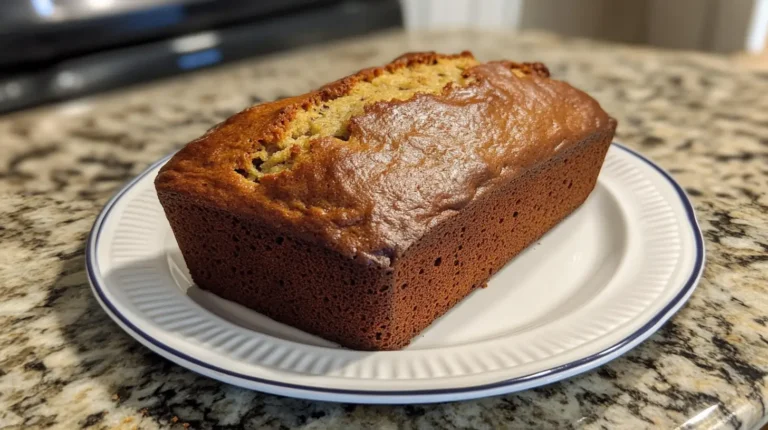
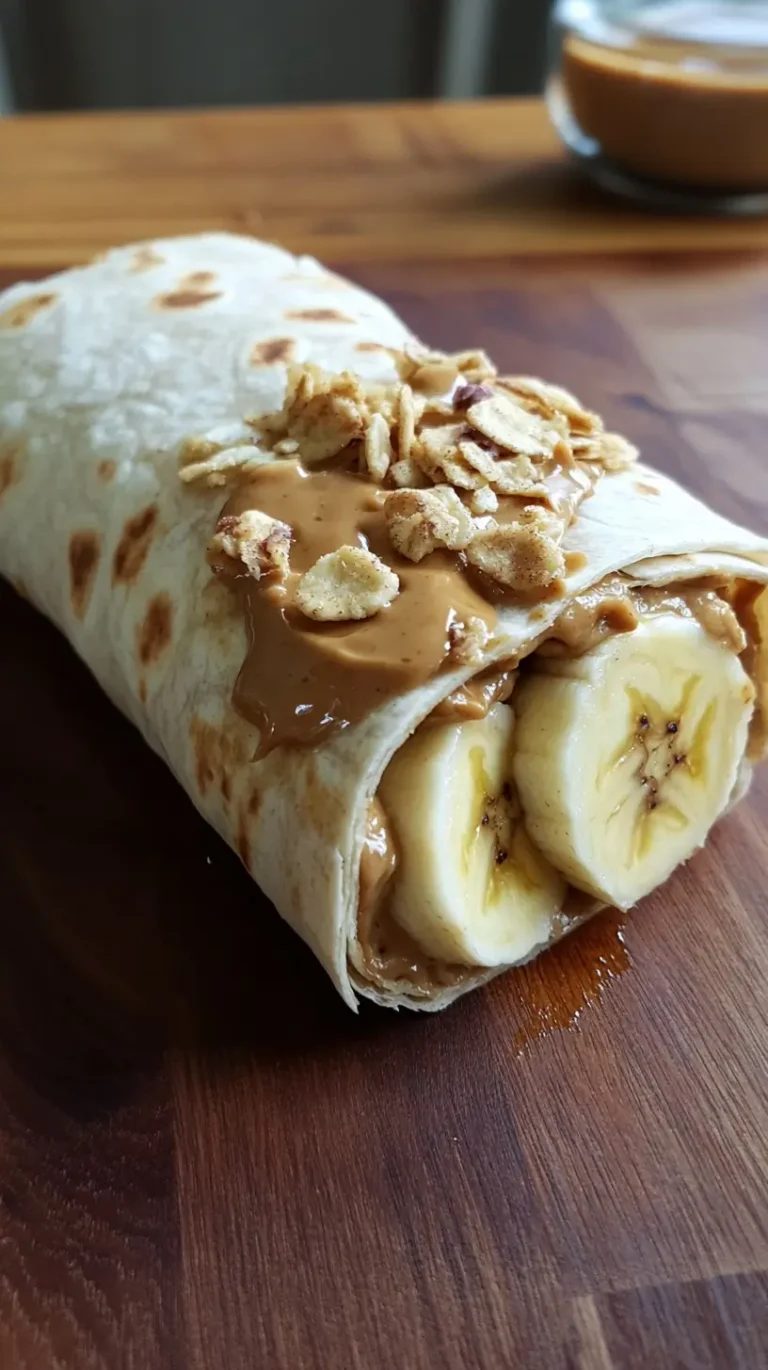
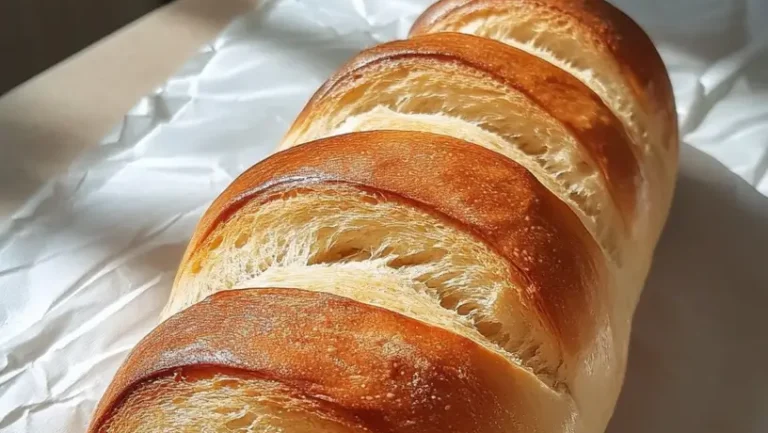
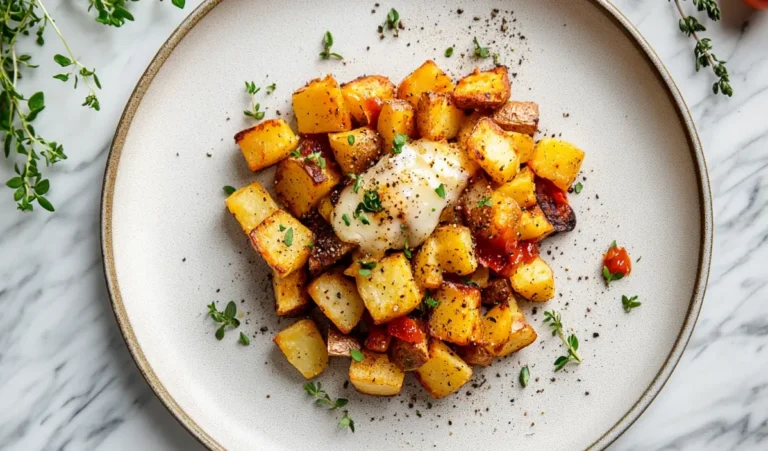
Hi! Did you spoon your flour into the measuring cup or dip your measuring cup directly into the flour? I’ve messed up bread by dipping and getting too much flour. Thanks!